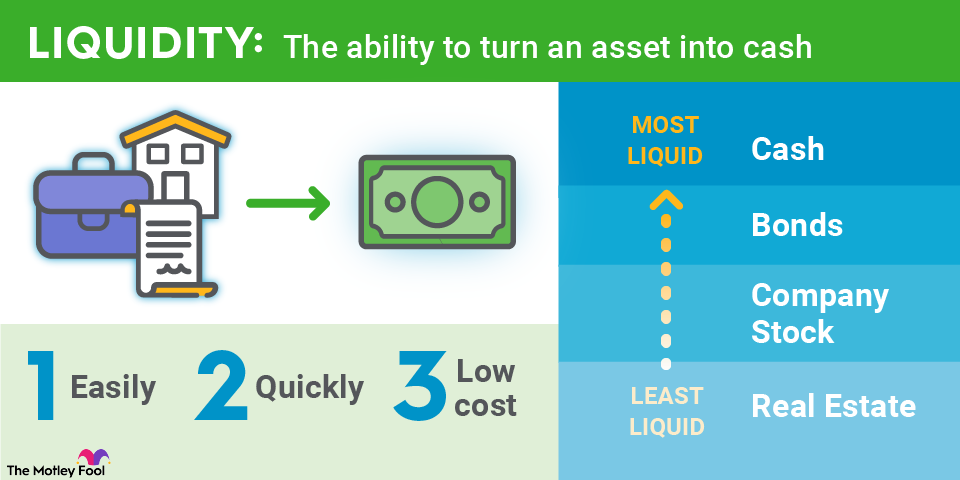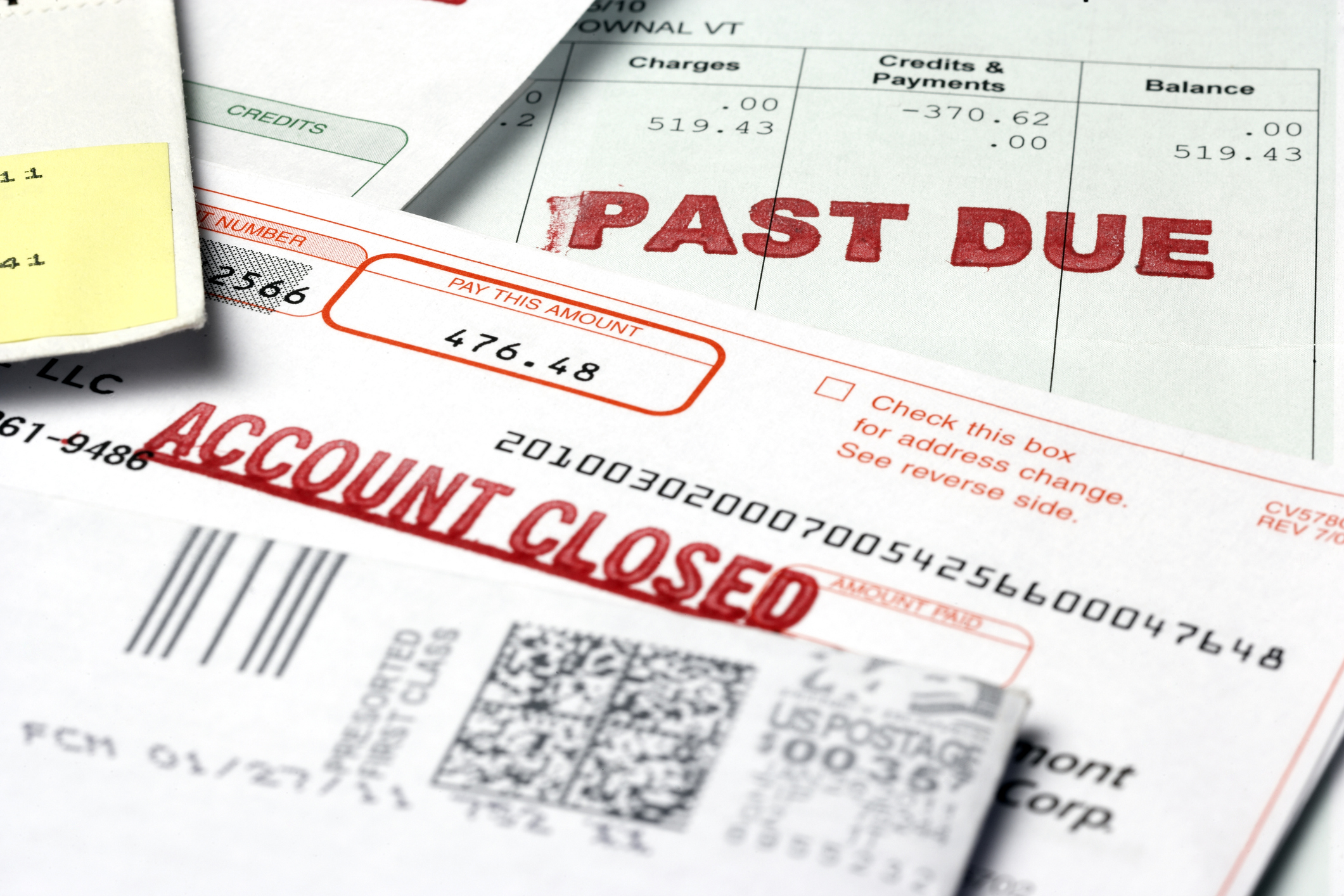Penny stocks, which are stocks that trade for $5 or less, are known to be relatively illiquid. Penny stocks tend to be thinly traded, have wide bid-ask spreads, and may be slow to sell -- particularly if you're trying to unload a large number of shares.
How to determine a stock's liquidity
Analyzing a stock's liquidity is as much qualitative as it is quantitative. Your main considerations are:
- How narrow is the bid-ask spread?
- What is the average daily trading volume?
Using Starbucks (SBUX -0.47%) as an example, at the time of this writing, the bid-ask spread is a penny: $112.46-$112.47. This is an indication that the stock is extremely liquid, and a trade of any reasonable size does not impact the price.
Trading volume of at least 1 million shares daily is considered a sign of market liquidity. Starbucks' average trading volume during the past three months has been just over 6.5 million -- another sign that the market for Starbucks shares is highly liquid. Unless you're trading a sizable number of shares (in the hundreds of thousands), you can consider Starbucks stock to be liquid.



















